Denmark, Germany and the Netherlands have been cooperating to protect the Wadden Sea, a critical key stopover site for migratory waterbirds along the East Atlantic Flyway (EAF) since the Wadden Sea Flyway Initiative in 2012 established. It has been the largest coherent tidal flat system in the world as a World Heritage site in recognition of the Outstanding Universal Value in 2009 (more information: link).
Likewise, in the East Asia-Australian Flyway (EAAF), there are common shallow waters in the Yellow Sea region jointly shared by China, DPR Korea, and RO Korea, which hold some of the largest and most spectacular intertidal wetlands. Recently, the first and second World Natural Heritage Sites for the tidal flats in China and RO Korea were inscribed (– Coast of Yellow Sea Bohai Gulf of China [Phase I] – link, Korean Tidal Flat –link).
Even though the ecological and geographical characteristics of the two trilateral seas are different, both EAAF and EAF are the most crucial habitats for millions of migratory waterbirds and the natural heritage for the livelihoods (and a playground of the kids, a heaven for birdwatchers, a good eco-tourism spot!) relying on undoubtedly, the EAAFP has hence acknowledged the importance of the exchange of advanced knowledge and experiences from the Wadden Sea including with the Trilateral Common Wadden Sea Secretariat . As a member of the IUCN West/Yellow Sea Working Group, the EAAFP tried to facilitate the opportunities to bring and introduce good examples for EAAFP Partners and stakeholders in the different meetings and conventions’ COPs as a part of the organizers of the IUCN West/Yellow Sea Working Group.
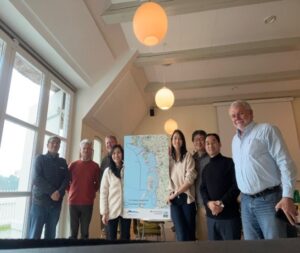 Visit the Denish Wadden Sea National Park, ©Hyeseon Do |
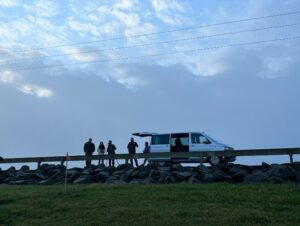 Group birdwatching on the way to Germany along the Wadden Sea ©Hyeseon Do |
The first study visit for EAAFP to the Wadden Sea was co-organized by the Hanns Seidel Foundation – Korea office (Dr. Bernhard Seliger, Representative, Dr. Hyun-Ah Choi, Senior Researcher) and EAAP Secretariat (Ms. Hyeseon Do, Senior Programme Officer) between 20 and 27 October 2022, with experts and researchers from Incheon, Goyang, Yeoncheon of the Republic of Korea, where these locations are potentially considered as next World Natural Heritage sites. The journey aimed to build a network, understand the role and responsibilities of each stakeholder, learn comprehensive management and cooperation history, and experience successful ecotourism stories from efficient planning and site management of coastal and riverine habitats and its strategy to engage the local communities. The participants visited the Danish Wadden Sea National Park, Trilateral Common Wadden Sea Secretariat, the site of the border between Germany and Denmark, WWF-Germany, the National Park House Wattenmeer, Husum Visitor Center, Tönning, Texel Island, Ecomare Visitor Centre, Wetlands International Headquarters, Nijmengeon River, and the Zwillbrock Biological Station between Germany and Netherlands. They also interacted with different stakeholders such as diplomats, secretariat, civil societies, site managers, visitor center staff, volunteers, etc, through daily meetings and workshops during the tour.
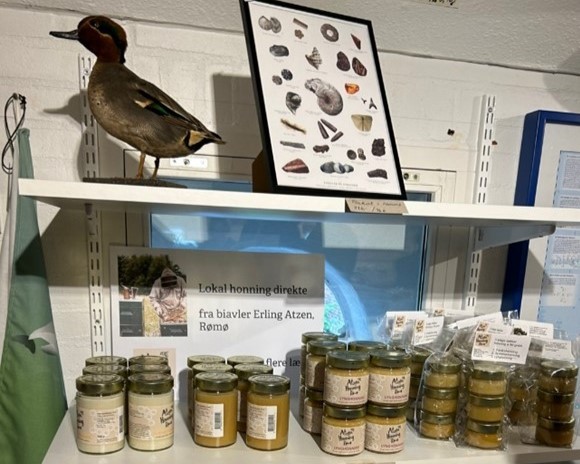 Honey Products from the smallest Wadden Sea center, Roma, Denmark ©Hyeseon Do |
 Visit the National Park Wattenmeer and meeting with WWF-Germany and Nature NGO Schutzstation Watternmmer ©Hyeseon Do |
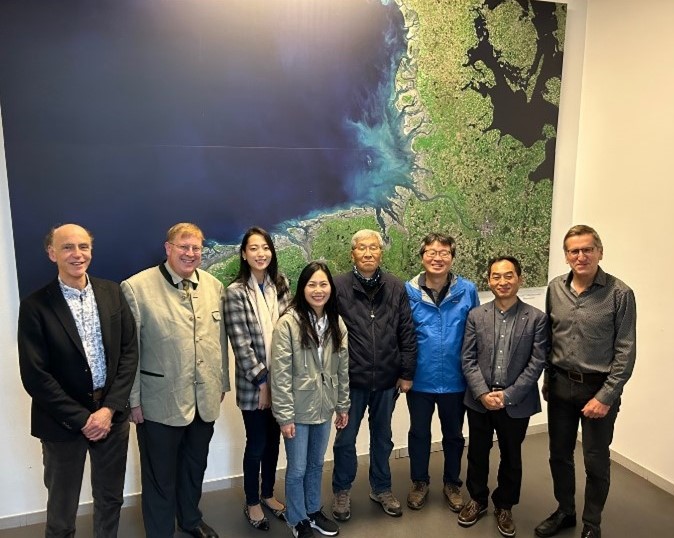 Visit the Trilateral Wadden Sea Secretariat ©Hyeseon Do |
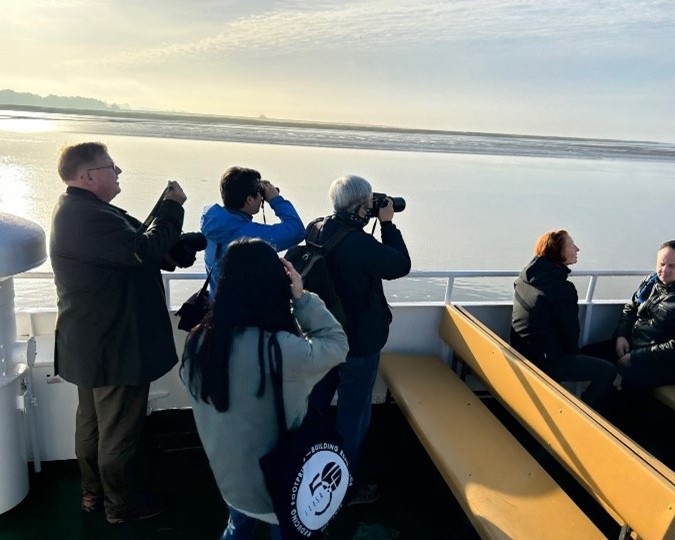 Experience the most popular ecotourism course, Eider River, Germany ©Hyeseon Do |
The visit not only enabled the Korean participants and EAAFP to identify the future potential cooperation activities (e.g. twinning sites, regular study group programme, etc) and strategies (e.g. Wadden Sea new management plan, translation of the existing useful guidelines in EAAF languages and etc) to apply to the West/Yellow Sea region but also allow a first person experience to a the real natural heritage (attached to their own cultures) with the birds and birdwatchers who always welcomed us at the most stops every minutes and seconds. Hanns Seidel Foundation and EAAFP Secretariat (and with partners we met during the trip) are committed to supporting the enhancement of the cooperation for the Yellow Sea stakeholders jointly and keeping raising awareness of the importance of the bilateral and multilateral collaboration to protect our natural heritage for migratory waterbirds and livelihoods relying on wetlands in the EAAF.
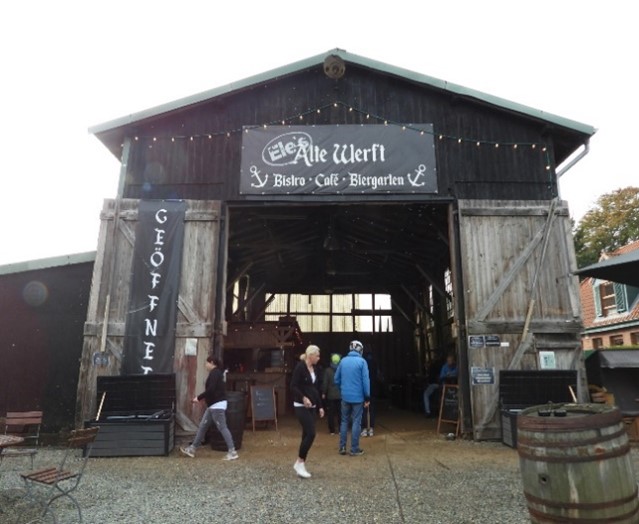 Visit the remodeled dockyard to have a local food around Tönning, an example to help the local communities, ©Mr. Seung Kwang Baek |
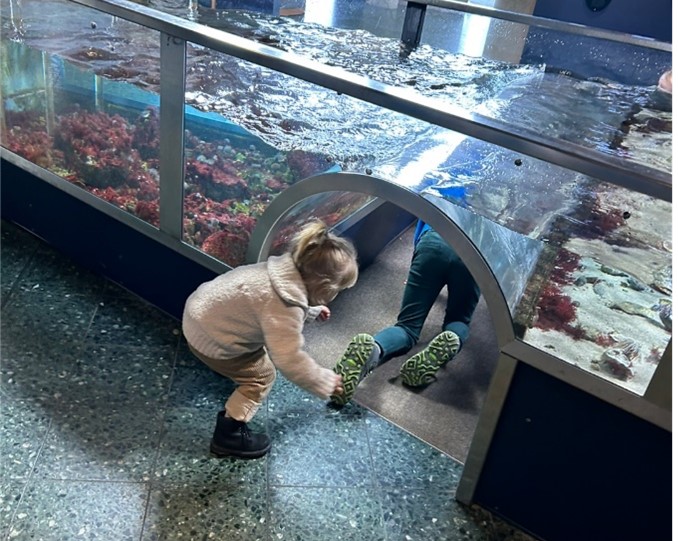 The best playgrounds for kids to experience under the sea, Husum Visitor Center ©Hyeseon Do |
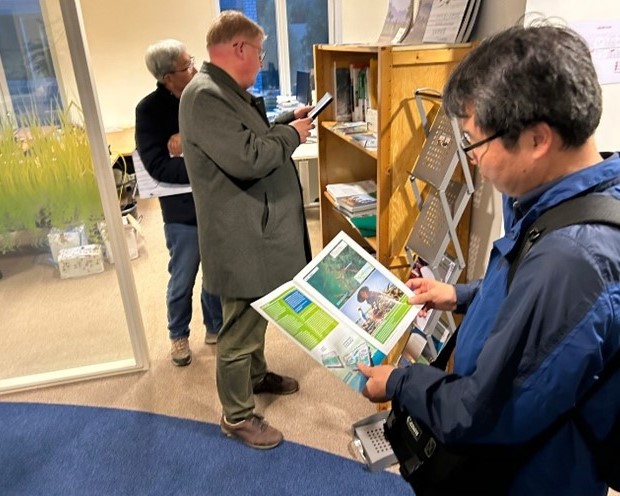 Visit the Wetlands International, EAAFP Partner ©Hyeseon Do |
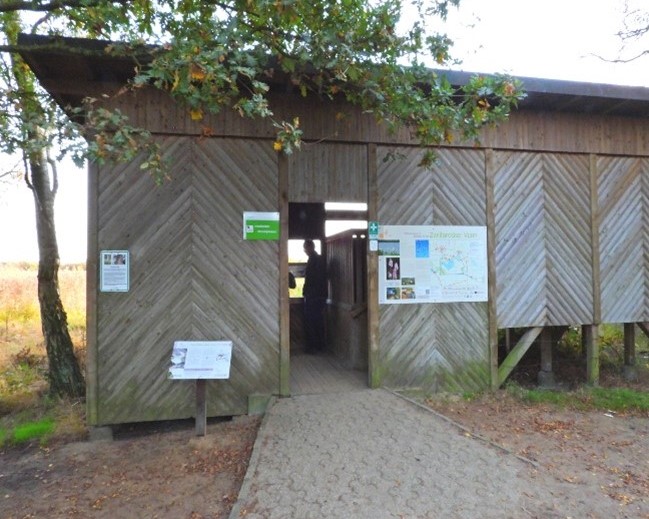 Visit the Zwillbrock Biological Station at the border between Germany and Netherlands ©Mr. Seung Kwang Baek |
Huge thanks to Ms. Szczesinki Anja from WWF Germany, , Wetlands International and Hanns Seidal Foundation
Statement from Dr. Donguk Han, Director, Eco Korea PGAI, Goyang
“Through this tour, the fact that the Wadden Sea and the Yellow Sea tidal flat are important stopover sites on their flyways of EAF and EAAF, and the bottleneck of migratory birds regionally, I learned that habitat management cooperation among the three countries is essential for the conservation of migratory birds habitat. In particular, by visiting the local management offices of the Wadden Sea, CWSS, IWSS, WI, and transboundary NGOs, It was very nice to hear the practical stories of transboundary wetland conservation. I was deeply engraving the philosophy of ‘managing one ecosystem based on science’ beyond national boundaries” (more articles in Korean: Germany – Denmark Border, River Estuary of Germany, Netherlands – Germany Border)
Statement from Mr. Chung-Koo Zhang, Incheon Green Union, Incheon
“The tidal flat conservation movement in Korea currently faces a new turning point since the five Korean tidal flats were listed as UNESCO World Natural Heritage sites. The activities by civil societies against tidal flats damage have been the mainstream, but now it is more important to be recognized globally for the value of the remained tidal flats to protect strategically under the highest global protection mechanism. We all know it is still a long way to accomplish the goal, including residents’ consent, but it is our must-to-go journey, so I, with other civil societies, have been working together to prepare for the WH Phase II Getbol nomination for the remained treasures including Incheon are. A cooperation from Incheon to RO Korea, DPR Korea, and China are essential to preserve the comprehensive coastal environment of the Yellow Sea. The great examples of the three countries of Denmark, Germany and the Netherlands in Europe for the conservation of the Wadden Sea will be an important reference for the future cooperation in our region. Through this tour, I have learned more clearly that different levels of stakeholders should discuss and cooperate in planning, implementing, inspecting, training, and providing feedback together in the process, and they all have roles! In particular, NGOs also requires to play a crucial role in engaging civil societies and raising awareness, contributing the data from citizen science monitoring as Wadden Sea NGOs did. Wish there will be more collaboration opportunities in the future”
Statement from Mr. Seung Kwang Baek, Yeoncheon Birds Korea / Clean Hantan River, DMZ
“Yeoncheon borders the DMZ, UNESCO Biosphere Reserve and World Geopark are formed along the river, and natural monument protection areas are designated. Two large river streams, the Hantangang River and the Imjingang River, descend from the north and flow westward, forming a large inland river wetland. What does Yeoncheon, located deep inland, have to do with the Waden Sea? ” The species that live in the sea and freshwater wetlands are different, but where the water flows, whether seawater or freshwater, wetlands are created and countless lives live against them and move along the river, I eager to advocate the region to the worldwide people, and as wished, I learned deeply what the cooperation is and how to apply to Yeoncheon biodiversity conversation measures, one conversation still kept in my mind when I asked the difficulty of the engagement of the local communities and waiting for the visible outcome, her response was ‘the NGOs role is to make local residents have a true mindset and interest in preserving biosphere reserves and geoparks, in doing so, the government, local residents and NGOs must work with constant passion. It took decades for the Wadden Sea to become a World Heritage Site. It is the result of the joint efforts of all the stakeholders with sincere wishes’”
More photos and stories:
- Article from Hanns Seidel Foundation: https://korea.hss.de/en/news/detail/wattenmeer-studienreise-news9386/
- Local News: South Korean conservation delegation visits BS Zwillbrock https://bit.ly/3DGNrTe
- Photo: to be uploaded




